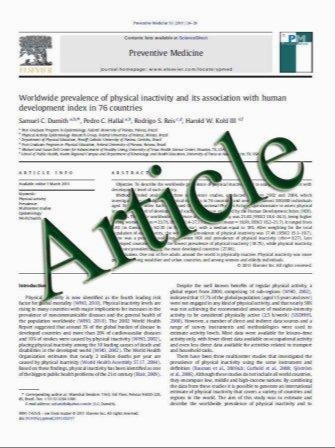Angiographic Evaluation of Feeding Arteries of Hepatocellular Carcinoma in the Caudate Lobe of the Liver
- نوع فایل : کتاب
- زبان : انگلیسی
- مؤلف : Shiro Miyayama Masashi Yamashiro Yuki Hattori Nobuaki Orito Ken Matsui Kazunobu Tsuji Miki Yoshida Osamu Matsui
- چاپ و سال / کشور: 2010
Description
Purpose To evaluate the origins of feeders of hepatocellular carcinoma (HCC) in the caudate lobe (S1). Materials and Methods Eighty-eight HCCs (mean diameter 21.4 mm) were treated by chemoembolization. The tumor-feeding caudate artery was confirmed when a tumor stain was demonstrated on angiogram and iodized oil was accumulated into the HCC and S1 on computed tomography (CT). The origins were divided into R1 (right proximal), R2 (right distal), L1 (left proximal), L2 (left distal), A (anterior segmental), P (posterior segmental), M (middle hepatic or medial segmental), Ph (proper hepatic), Ch (common hepatic), and Ex (extrahepatic). The origins of feeders supplying HCCs in the Spiegel lobe (SP; n = 36), the paracaval portion (PC; n = 38), and the caudate process (CP; n = 14) were also analyzed. Results One hundred sixteen feeders were identified: 11 (9.5%) arose from R1; 21 (18.1%) arose from R2; nine arose (0.9%) from L1; 15 (12.9%) arose from L2; 24 (20.7%) arose from A; 25 (21.6%) arose from P; seven (6.0%) arose from M; one (0.9%) arose from Ph; and three (2.6%) arose from Ex. HCCs in the SP and the PC were fed by feeders from both hepatic arteries (the ratios of right to left were 3:2 and 3:1, respectively), and HCCs in the CP were dominantly fed by feeders from the right hepatic artery. Conclusion The caudate artery most frequently arises from the right hepatic artery, followed with almost equal frequency by the left hepatic, the anterior segmental, and the posterior segmental artery. The origins of the caudate arteries differ according to the subsegmental locations
Cardiovasc Intervent Radio lReceived: 12 July 2010 / Accepted: 24 October 2010


